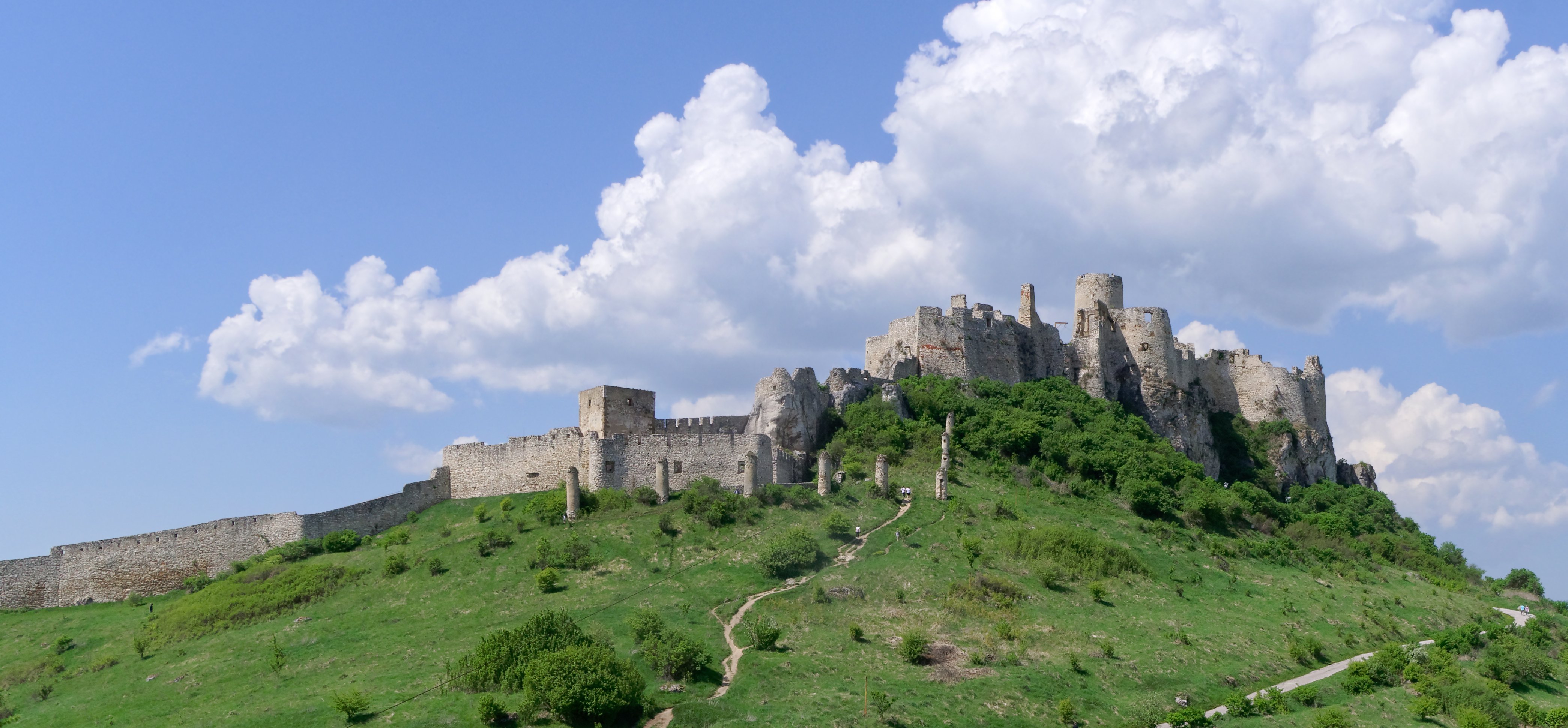🇸🇰map Slovakia [Cuisine]

Culinary Heritage
Slovak cooking feels like a warm handshake from Central Europe—hearty, simple, and built for the country’s varied landscape from the High Tatras to the Danube plains. You’ll taste influences from Hungary, Austria, and the Czech lands in the love of soups, dumplings, and slow-simmered stews, but there’s a distinctly Slovak touch in the generous use of sheep’s cheese and smoked meats. Traditional techniques lean on boiling, stewing, roasting, and smoking, with soups often opening the meal and bread appearing at nearly every table. Mountain regions historically relied on potatoes, cabbage, and dairy, while the southern lowlands added grains, peppers, and fruit spirits to the mix.
Regional variations keep things interesting. Western Slovakia shares more with Austrian tastes, central regions are the homeland of sheep’s cheese traditions, and the east brings bolder seasonings and a fondness for smoked sausages. Despite those differences, the flavor profile is comforting: savory broths, tangy fermented cabbage, creamy dairy, and the earthy sweetness of potatoes and dumplings. It’s robust food meant to fuel a day’s work—or a day’s hiking.
Signature Dishes
If you try just one classic, make it bryndzové halušky: small potato dumplings tossed with tangy sheep’s cheese (bryndza), often finished with crispy bacon. Soups are foundational, from everyday broths to celebratory cabbage soup (kapustnica), and stews like goulash reflect centuries of shared culinary borders. Potato specialties are everywhere—think potato pancakes and dumplings—balanced by roasted or smoked meats and plenty of sauerkraut.
Daily eating still nods to a traditional rhythm: a light breakfast of bread, cheese, or cold cuts; a hearty hot lunch with soup as the first course; and a lighter evening meal. Street food exists but feels more “market day” than late-night—look for fried bread, grilled sausages, and pastries at fairs and seasonal stalls. Holiday tables shine with rich soups, sweet breads, and fruit spirits, keeping family recipes alive across generations.
Local Ingredients
Slovak kitchens lean on potatoes, cabbage, onions, and grains, with dairy—especially sheep’s cheese—playing a starring role in mountain areas. Smoked pork and sausages are common, and fruit shows up in compotes and preserves. Herbs are straightforward (caraway, marjoram, dill, and bay), and paprika is used with a lighter hand than in Hungary but still makes regular appearances. Bread is ever-present, from crusty loaves to soft rolls.
To drink, tea with sugar is a daily staple, while beer and local wines pair well with hearty dishes. Two beloved spirits are slivovica (plum brandy) and borovička, a juniper-forward spirit that feels like a local cousin to gin. Non-alcoholic options are wide-ranging at restaurants and markets, including juices and flavored sodas alongside sparkling mineral waters.
Dining Culture
Meal times tend to follow a practical rhythm, with lunch as the main hot meal—often starting with soup—and dinner lighter and later. Bread on the table is normal, and it’s fine to linger over a drink after eating. Service can be friendly but no-nonsense, and many restaurants expect you to signal when ready to order or pay. Tipping is appreciated rather than mandatory; rounding up or adding around 10% for good service is a safe guide.
Markets remain part of daily life, especially for produce, mushrooms, dairy, and cured meats. You’ll find generous hospitality—guests are offered food and drink, and refusing repeatedly can be seen as overly formal. Dress is casual in most eateries, but neat attire fits better in traditional dining rooms and wine cellars.
Where to Eat
You’ll encounter a spectrum from rustic kolibas (mountain-style eateries) and classic Slovak restaurants to contemporary bistros in Bratislava and regional towns. Casual cafés serve soups, daily lunch menus, and pastries; pubs lean into grilled meats and hearty sides. Street stalls pop up at festivals and weekend markets rather than on every corner.
For food-focused wandering, Bratislava’s historic center offers everything from traditional kitchens to modern Central European menus, while towns in the Tatra foothills showcase sheep’s cheese and game. Expect good value outside the capital and tourist zones; lunch specials are especially budget-friendly. In more rural areas, portions are generous and menus are pleasantly old-school.
Cooking at Home
If you’re self-catering, you’ll find everything you need in supermarkets and lively produce markets: potatoes, cabbage, onions, mushrooms, fresh and smoked meats, and a strong selection of dairy. Local sheep’s cheese may be easier to find in regional shops and market stalls, especially near the mountains. Baking ingredients are straightforward, and pantry herbs are inexpensive.
Short cooking classes and farm visits are increasingly popular in tourist regions, where you can learn dumpling techniques or cheese-making basics. Most apartments come with compact but capable kitchens—stovetop, oven, and a few sturdy pots—which is all you need for soups, stews, and dumplings. Online recipes for Slovak classics are easy to follow once you know the local names of ingredients.
Dietary Considerations
Vegetarians can do well with potato dumplings (ordered without bacon), cheese-focused dishes, soups, salads, and mushroom or cabbage mains, though vegans will need to plan carefully given the central role of dairy and eggs. Gluten-free travelers should ask about flour in soups and dumplings; potatoes are everywhere, but many classics contain wheat. Common allergens include dairy, eggs, gluten, and nuts in pastries—asking staff directly is the best approach.
Tap water is generally safe in towns and cities, and food hygiene standards are solid in supermarkets and sit-down restaurants. If you have strict dietary needs, learn a few Slovak keywords or keep them on your phone to show servers. As with much of Central Europe, flexibility and patience go a long way—most places will try to accommodate if you give them a clear, simple request.
Franz
Franz is a German technical writer and business consultant from Munich, with over 15 years of experience
in international corporate relocations and German business culture. Having worked for major German
multinational corporations including BMW and Siemens, Franz has extensive experience facilitating the
relocation of international talent to Germany and helping German professionals navigate complex assignments
abroad.
Published: 2025-04-10